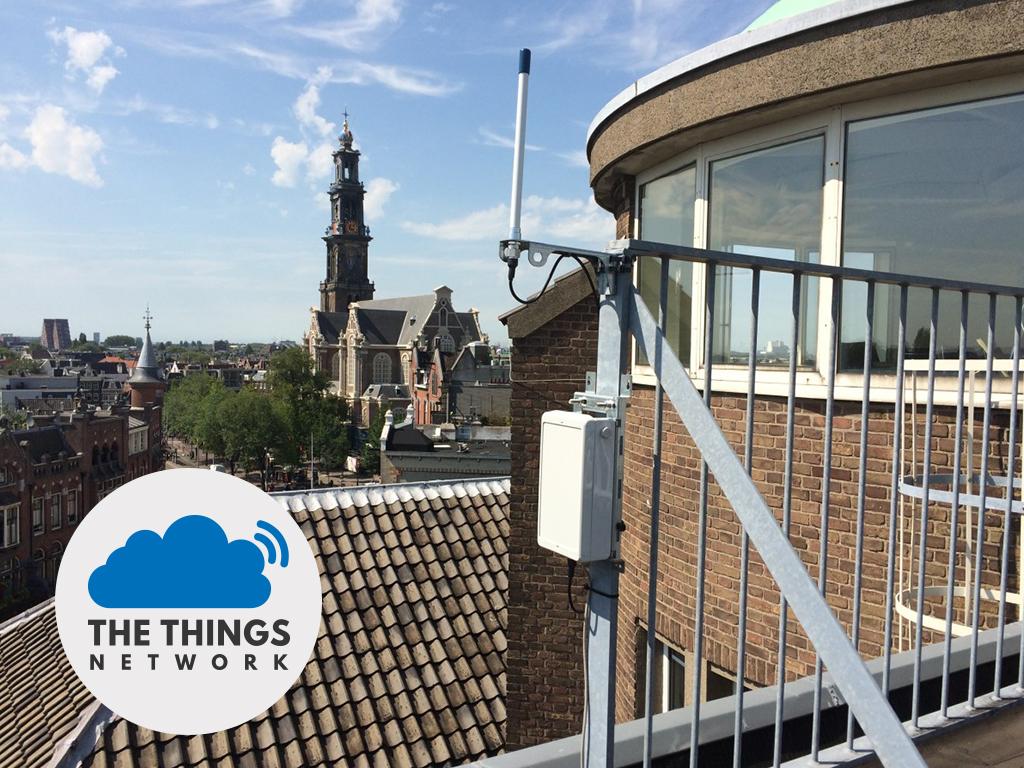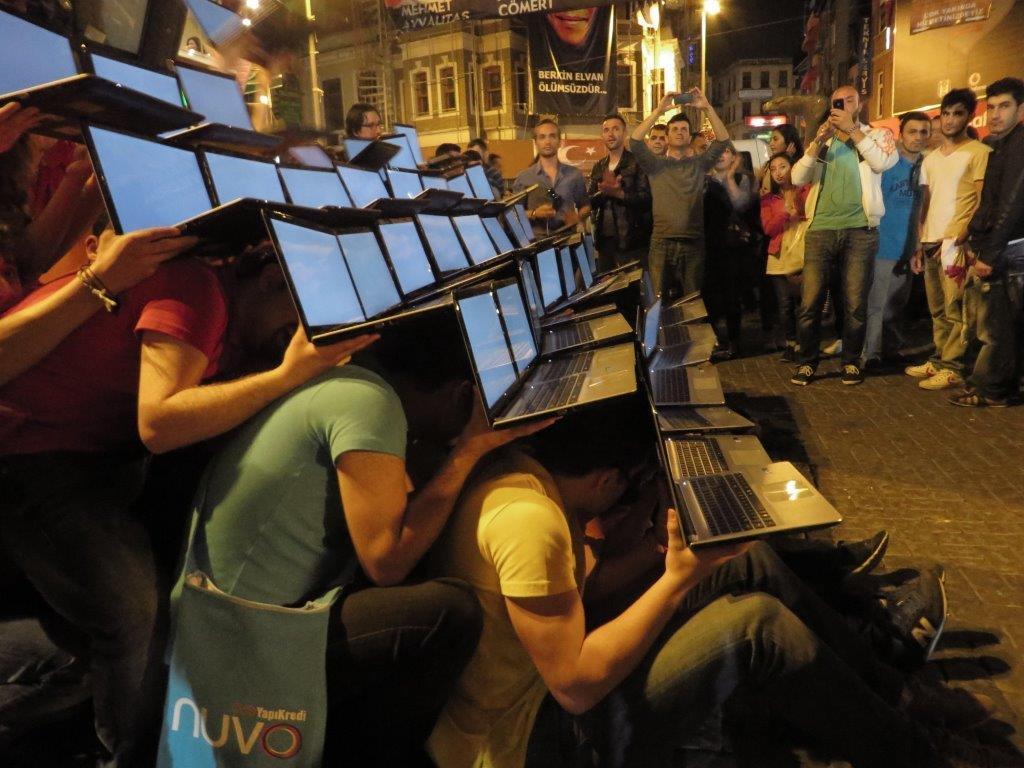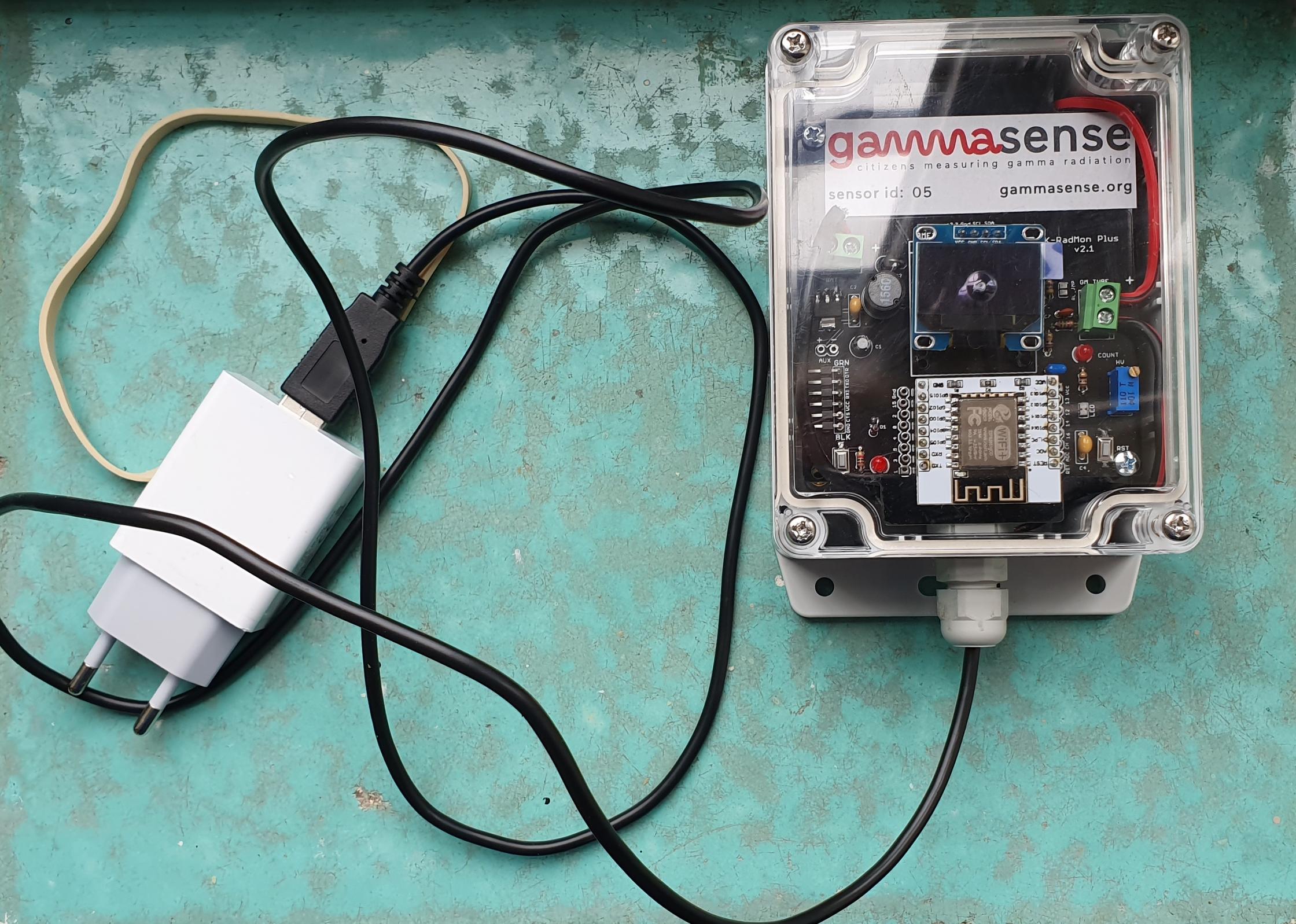Amsterdam is set to become a ‘connected city,’ with the launch of a new Internet-of-Things wireless network that will allow objects to transmit data between each other. Our building De Waag is one of the ten access points.
How does it work?
The Things Network is a first-of-its-kind system that uses low-power, low-bandwidth LoRaWAN technology to cover the city with a wireless signal that allows objects like boats, trash cans and street lights to become tools for developers. Unlike other ‘smart city projects’, this one is entirely crowdsourced by citizens and was put together in just six weeks. It will be ideal for participants in our Smart Citizens Lab to exchange data.
Dutch entrepreneur Wienke Giezeman came up with the idea for the Things Network just six weeks ago when he came across a € 1,000 LoRaWAN gateway device and realized that with 10 such devices, the whole of Amsterdam could be covered. He pitched his idea at an Internet of Things meetup in the city and received a positive response.
Work then began to create a community-owned data network that developers could build on top of without any proprietary restrictions. Companies and organisations like The Next Web, KPMG and Waag have agreed to host gateway devices at their premises, and the City of Amsterdam local authority is enthusiastic about the idea.
Giezeman plans to offer the Things Network to other cities once it’s established in Amsterdam. Recognizing that the requirement for multiple € 1,000 gateway devices makes the network pricey to set up, he will soon launch a Kickstarter campaign to fund production of a smaller, € 200 version.
The Things Network went live in Amsterdam on Friday, August 21. For Waag, this is not the first time we are engaged early in a new technology. In 2002, we were one of the first public wireless access points in the city and we also were first to offer optic fibre broadband to cultural organisations.


